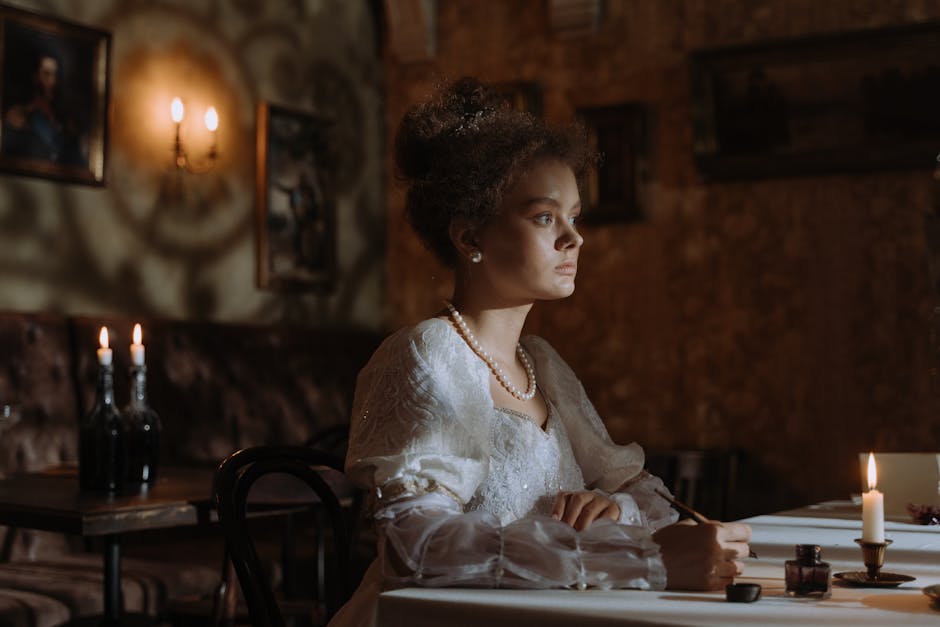
Imagine a time when Japan was a land fractured, where honor was forged in steel and the fate of entire regions hung precariously on the ambitions of powerful warlords. This was the Sengoku period, a tumultuous epoch that gave birth to legends, and among them stands Hojo Ujiteru, the formidable warlord who masterminded the construction of the magnificent Hachioji Castle.
For those eager to delve into the captivating drama of this era, a unique opportunity awaits. The Hojo Ujiteru Festival (北条氏照フェス) is set to ignite the spirit of the past on September 15th, offering a vibrant gateway into the life and times of this pivotal figure and the enduring legacy of his architectural marvel.
The Age of Warring States: A Land Divided
The 16th century in Japan was a period of relentless conflict, a ceaseless struggle for supremacy among various daimyo clans. From the ashes of civil war, powerful figures rose, each vying to unite the fragmented nation under their banner. It was within this crucible of ambition and warfare that the Hojo clan of Odawara emerged as a dominant force in the Kanto region, expanding their influence and constructing an intricate network of castles to secure their vast territories.
At the heart of this network, strategically positioned to guard the western approaches to the Kanto plain and the clan's formidable capital at Odawara, was Hachioji Castle – a mountain fortress that would become synonymous with the name of its builder, Hojo Ujiteru.
Hojo Ujiteru: A Warlord's Ambition and Ingenuity
Hojo Ujiteru, the third son of the renowned Hojo Ujiyasu, was no ordinary commander. Adopted into the prominent Oishi clan, he quickly established himself as a shrewd administrator and a brilliant military strategist. Tasked with overseeing the westernmost defenses of the Hojo domain, Ujiteru recognized the paramount importance of a strong, defensible stronghold. He envisioned a castle that would not merely serve as a military base but also as a symbol of the Hojo clan's unyielding power and ingenuity.
Under his meticulous direction, the construction of Hachioji Castle began. Perched atop Mount Shiroyama, it was a masterpiece of yamashiro (mountain castle) design, utilizing the natural terrain to its maximum defensive advantage. Ujiteru poured his resources and strategic genius into creating a fortress that was considered virtually impregnable, featuring multiple baileys, intricate dry moats, and formidable stone walls that snaked across the treacherous slopes.
Hachioji Castle: A Fortress Forged in Fire
Hachioji Castle was not just a collection of walls; it was a living, breathing testament to Sengoku-era military engineering. Its strategic location commanded vital trade routes and military passages, making it an indispensable asset for the Hojo clan. From its elevated vantage point, Ujiteru could survey vast swathes of land, anticipating enemy movements and coordinating his defenses with precision.
The castle's design incorporated a main keep, numerous subsidiary enclosures (kuruwa), and a network of fortified gates, all designed to trap and decimate attacking forces. Its very presence projected an aura of invincibility, a silent declaration of the Hojo clan's dominion over the Kanto region. For years, Hachioji Castle stood as an unyielding sentinel, a testament to Ujiteru's vision and the Hojo clan's might.
The Unavoidable Storm: The Fall of Hachioji Castle
However, even the most formidable fortresses eventually face their ultimate test. The late 16th century saw the meteoric rise of Toyotomi Hideyoshi, the ambitious unifier of Japan, whose shadow loomed large over the remaining independent daimyo. The Hojo clan, one of the last bastions of resistance, found themselves in his crosshairs. The decisive confrontation came with the 1590 Siege of Odawara, Hideyoshi's final campaign to subdue the Hojo.
While the main Hojo forces were besieged at Odawara, Hideyoshi dispatched a powerful detachment led by his trusted generals, including Maeda Toshiie and Uesugi Kagekatsu, to assault Hachioji Castle. On a fateful day in June 1590, the castle, defended by a much smaller garrison, mostly comprising non-combatants and loyal retainers, faced an overwhelming onslaught. Despite a valiant and desperate defense, the castle ultimately fell in a brutal and tragic battle, marking a devastating blow to the Hojo clan and symbolizing the end of an era.
A Legacy Etched in Stone and Spirit
The fall of Hachioji Castle and the subsequent defeat of the Hojo clan at Odawara paved the way for Toyotomi Hideyoshi's complete unification of Japan, forever altering the course of Japanese history. Yet, the story of Hojo Ujiteru and his magnificent fortress did not fade into obscurity. Today, the ruins of Hachioji Castle stand as a poignant reminder of the Sengoku period's grandeur and its tragic conflicts. The site, now a national historic landmark, invites visitors to walk among its overgrown foundations and imagine the drama that unfolded within its walls.
Connecting Past and Present: The Hojo Ujiteru Festival
It is in this spirit of remembrance and appreciation for history that the Hojo Ujiteru Festival is held. On September 15th, this annual event brings the past to life, allowing us to connect with the valor, strategies, and human drama of the Sengoku warlords. Through historical reenactments, cultural performances, and educational exhibits, the festival offers a unique opportunity to understand the profound impact figures like Ujiteru had on their world and how their legacies continue to resonate today.
The festival is more than just a celebration; it's an invitation to journey back in time, to stand on the very ground where history was made, and to feel the echoes of an epic saga. It's a chance to truly grasp the "charm" and complexity of the Sengoku warlords and the incredible feats of engineering like Hachioji Castle that defined their age.
So, mark your calendars for September 15th. Don't miss this opportunity to immerse yourself in the rich tapestry of Japanese history and pay tribute to the indomitable spirit of Hojo Ujiteru and his enduring masterpiece, Hachioji Castle.
Comments
Post a Comment